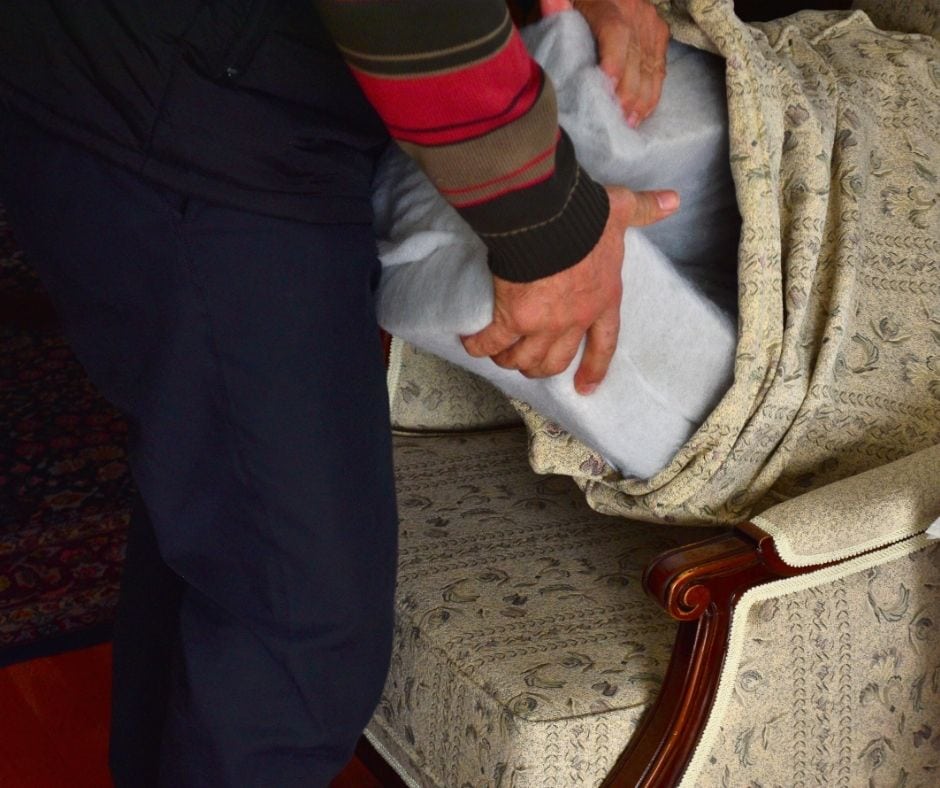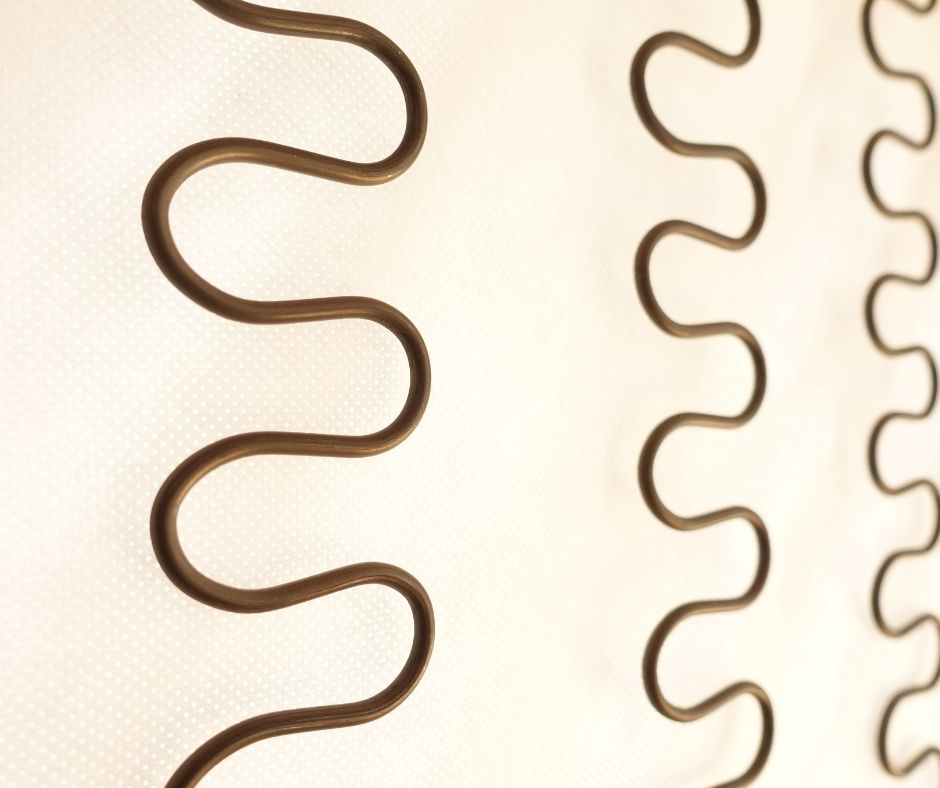You want couch cushions with a lot of give, but you still want them to provide some support. There’s a point where a sagging couch becomes uncomfortable.
It’s important to separate the problem from cushions sagging and cushions sinking into the couch. They look pretty similar on the outside, but they demand different responses. To put it quickly, sagging cushions is all about cushions and sinking cushions is a problem with the couch itself.
We put together this guide to help you understand why couch cushions sag, how you can prevent them from doing so, and what you can do about it once it starts to happen. It can be the difference between getting a few more years’ use out of your couch and plopping down real money for a replacement right now.
In This Article We'll Discuss
What Are Things You Can Put Under Couch Cushions to Prevent Sagging?
Before you figure out a solution, you need to know where the problem is. Is the problem that the cushion itself is sagging, or is the cushion fine but the problem is because there is something wrong with the couch itself.

If the problem is that the cushions have become uneven, an excellent place to start is to replace the foam insert. This insert can, over years, become uneven because of uneven use. A cause of that is if you tend to sit in the same place for a prolonged time.
You can either replace the insert with another piece of foam insert or replace it with fiberfill or batting. Fiberfill and batting are often used as supporting layer for foam inserts and last longer. So, it’s an option either as a replacement fill or as a second layer inside the cushion cover.
If the cause is in the couch itself, figure out what is causing your otherwise good cushions to sink in. Usually, the cause is either that the springs have gone bad and can no longer support the cushions or the frame itself is broken.
If either of those is the problem, you can either repair or replace the broken frame elements or you can supplement them with a sheet of something around the house.

Springs aren’t difficult to replace and aren’t very expensive and couch frames are usually made out of readily available, affordable wood. If you have the skills, you can replace these yourself. If not, they’re not a very expensive repair.
If the couch isn’t all that valuable, you can place cardboard or plywood under the cushions. It’s not the most comfortable thing to sit on, but it’s better than sitting down and feeling like you’re getting sucked into your couch. You can also purchase cushion support inserts.
How do I Keep My Couch Cushions From Sinking?
The best way to keep your cushions from sinking is to use them evenly. Sagging starts with uneven use, where you sit in the same place in the same cushion all the time and never change the cushions around.
If you find yourself comfortable in the same part of the couch, you’ll need to flip your cushions and move them around. Think of it in the same way that you occasionally flip the mattress on your bed.

You can also replace the foam insert or add additional cushioning to it. Fiberfill is a good option and lasts longer than foam. You can also add additional foam.
One bad habit you’ll want to break is to sleep in your bed instead of on your couch. We know, we know. Occasionally, everyone wants to sleep on their couch. While that might be a refreshing break, it can also cause the couch to break down more quickly.
You can stop your cushion from sagging if you wash the covers in cold water. That might not be possible, depending on what your cushion covers are made from, so be sure to check the care tag first. Washing them in cold water tightens the fabric up, and holds the foam insert in closer.
Keep the couch itself in good repair. The cushions might be in great shape, but the couch itself might have worn-out springs or a broken frame.

If your couch is in reasonable shape but the springs are starting to go, you can place a stiff layer over the couch and under the cushions. Plywood is an option, but so is cardboard. It’ll be a little softer to sit on but you’ll need to replace it more quickly. There are also layers you can purchase that provide the flexibility of cardboard with the resilience of plywood.
What Are The Reasons Your Couch Cushions May Start Sagging or Sinking?
Most of the time, your couch cushions start sagging because they get used unevenly. You can address this by flipping them over or placing the cushions in different places on the couch.
People who sleep on their couches can speed this up. Your couch isn’t designed to hold your body weight for eight hours a night.
If your cushions are in good shape — they retain their shape and have some firmness to them — the problem might be in your couch itself.
Springs wear out over time and gradually stop offering quite as much support. This is a frequent problem with old couches. If the springs and cushions are in good shape, it could be the frame itself is damaged, warped, or broken.
Last Thoughts on Sagging Couch Cushions
We hope you found real value in this guide of what to do for sagging couch cushions.
The first, best thing to do is to prevent it from happening, and that starts with knowing why couch cushions sag in the first place. We provided some tips on how to avoid that.
We also shared some ideas for what you can use to add support for couch cushions that have started to sag.
A couch is a home’s biggest and often most popular piece of furniture, so we hope this provided you with some good ideas for how to address this problem. We’d encourage you to leave a comment down below and even share this article on your social media networks.

